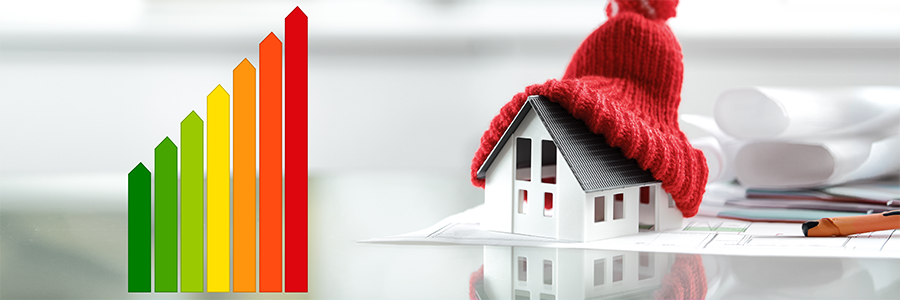Is a High-Efficiency Furnace Right for Me?

In North America, many homes are heated using forced-air systems. Your gas furnace, which is often located in the basement, attic, crawl space or utility closet, may use natural gas or propane as the energy source to create heat within the furnace’s heat exchanger. Air is moved across the heat exchanger, which is then distributed through the ductwork to heat the home.
What Factors Affect Efficiency?
Each gas furnace model has an energy efficiency rating in the form of a percent. This number is its Annual Fuel Utilization Efficiency (AFUE), or the ratio of annual heat output of the furnace compared to the amount of annual fuel energy it consumes. For example, if a furnace has an AFUE of 80%, it means 80% of the energy in the fossil fuel is being converted to heat while 20% escapes and is wasted.1
How AFUE Can Save Me Money?
Many older furnaces may have efficiencies of only 56 to 70% AFUE, which can cost the homeowner more to heat their home compared to a higher AFUE model. Switching to a newer, more energy-efficient gas furnace that can reach upwards of 98% AFUE means nearly all of the energy from the fuel is effectively used to heat the home.1 As a result, the homeowner’s monthly heating bills can be reduced.
Condensing Vs. Non-Condensing
The gas furnaces available in North America can be put into two categories: condensing and non-condensing.
- Non-Condensing Furnace: A mid-efficiency furnace (80% and 90% AFUE) vents exhaust gases out of the home, typically through the roof.
- Condensing Furnace:A high-efficiency furnace (90% AFUE or higher) utilizes a second heat exchanger to heat the air from condensed exhaust gases in order to reach higher efficiencies. A high-efficiency condensing furnace requires specialized venting.
Choosing a Furnace
The initial cost of a high-efficiency condensing furnace can be more expensive than a less efficient model. According to The Department of Energy, homeowners will likely save more money on fuel bills over the life of a high AFUE product when compared to a lower AFUE or less efficient gas furnace. 1 However, when determining if a higher-efficiency furnace is cost-effective for your budget, homeowners should evaluate their anticipated length of home ownership to determine how long it would take to recuperate initial costs of a higher AFUE model.
- Are you currently in your “forever home”?
- How long to your expect your current home to fit your lifestyle?
- Do you plan to sell your home in the near future?
- Would a job change force you to relocate?
Additionally, many states and utilities offer tax credits and other incentives to homeowners who install high-efficiency furnaces. An experienced local dealer can assist you in determining whether a higher efficiency gas furnace or a mid-efficiency model is right for your needs.

By Jen (Anesi) Roby, the former Legislative Editor at ACHR NEWS magazine and current Chief Editor for Plumbing & Mechanical. The Air Conditioning, Heating and Refrigeration (ACHR) NEWS is the HVACR contractor’s weekly news magazine and is the industry’s most trusted and utilized direct communications link to the HVACR buyer. www.achrnews.com